Affiliate links on Android Authority may earn us a commission. Learn more.
With US carrier price hikes, I believe prepaid services are the way forward for most US consumers
Published onJune 16, 2024
Getting postpaid phone service in the US has never been particularly affordable, but the situation has worsened dramatically since the pandemic. Verizon, T-Mobile, and AT&T have not only increased the listed prices of their plans, but the amount of extra fees has also seemingly risen. We’ve also seen changes like the removal of perks or extra charges for them, and older grandfathered plans have seen price changes. While T-Mobile initially avoided price hikes, even the uncarrier has changed its tune by raising prices on its legacy plans.
All of this leads me to a conclusion: most of us shouldn’t stay with the Big Three anymore. It just isn’t worth it except for a small minority. Prepaid is a better route for most. While prepaid carriers have also seen some price rises, the increases have been at a much slower rate. We’ve even seen a few carriers like Mint Mobile lower their pricing in response to recent carrier hikes.
For transparency’s sake, I want to clarify that I currently have a Verizon account, though I also have a few MNVOs for work testing purposes. In fact, this whole article started as a conversation between my wife and me about leaving Verizon and how it’s just not worth it for us anymore. I mostly kept postpaid because I have a larger family. Even so, I am very likely switching from my Verizon account when our last device on a payment plan is finally fully paid off.
You might think you are part of the group that won’t benefit from switching to prepaid, but before you make up your mind, it’s important to dispel some common myths about prepaid service.
Prepaid carrier myths you may believe
If you venture outside of the Americas, you’ll find that a lot of other countries favor prepaid, including the majority of Europe. I’ve delved into this subject extensively with colleagues and friends from across the globe in the past. While this isn’t true of all regions, such as the UK, in many countries, the carriers build the network, but it is the partner MVNOs running on them that have the majority of the actual subscribers.
Some of these MVNOs offer postpaid plans, but most operate on a prepaid model. While it is possible to obtain a phone and service directly from the bigger carriers as regular consumers, most direct subscribers are typically businesses that favor this option as they can easily set up accounts for multiple employees, change numbers fast, and much more. So why is the US market so different? Honestly, many people in the US hold onto a false perception of the prepaid market. It’s true that prepaid services were typically subpar and aimed mostly at teens and low-income individuals in the late ’90s and into the early 2000s. Thankfully, times have changed.
Here are just a few prepaid carrier myths I’ve heard before:
Prepaid carriers are fly-by-night operations or less trustworthy somehow
Virgin and some other prepaid carriers from the early 2000s were indeed not the best brands in the world, and customer service could be a nightmare too. Thankfully, this is no longer the case. In fact, some of the best prepaid carriers are just sub-brands that belong to the Big Three networks. This includes Verizon-owned Visible, AT&T-owned Cricket, Metro by T-Mobile, and Total by Verizon Wireless. There are still independent carriers, but even some of these are run by giant companies, like Google Fi Wireless. Bottom line, there might be some smaller MVNOs, but most of these services are run by established, trusted businesses.
Customer service will be terrible
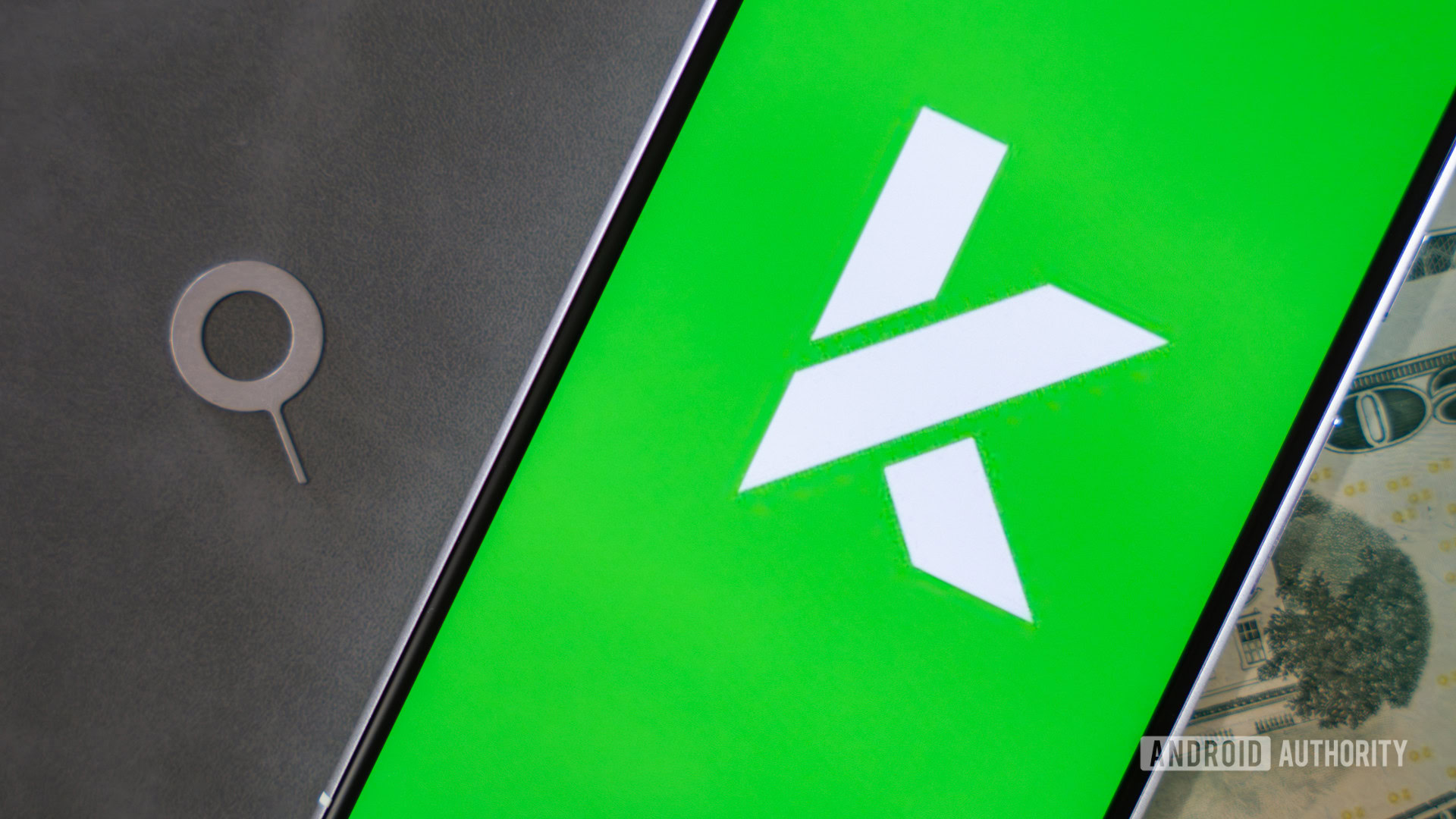
Many believe that customer service with a prepaid carrier will be subpar, but this largely depends on the carrier and your specific needs. If you require hands-on assistance for setting up devices or troubleshooting, you might prefer a carrier with a physical location. Cricket and Metro by T-Mobile are good examples of prepaid services with retail stores. Straight Talk also offers limited in-person customer service through Walmart, although some services may incur additional fees. These carriers are widely available throughout most of the country, and while there are other smaller regional carriers with physical locations, the three mentioned are among the most accessible.
Customer service can vary substantially depending on the prepaid carrier. Cricket and Metro by T-Mobile are two examples that offer brick-and-mortar locations.
Not everyone needs hands-on help, though. Tech-savvy individuals or those willing to hire a tech specialist for the rare instances when it’s needed might opt for carriers without physical stores but with strong online and phone support systems. Google Fi and Consumer Cellular are examples of such carriers. My own experience with Google Fi involved solid customer service, albeit with long wait times before reaching a technician who could address my complex issues. Conversely, I’ve heard positive reviews from a non-tech-savvy family member about Consumer Cellular’s responsive customer service.
While it’s uncommon for a well-known MVNO to lack customer service entirely, some do have more limited options, which might be more suitable for those with greater technical proficiency. For instance, Mint Mobile offers a customer service experience that varies significantly; the online chatbots may not be very helpful, and getting through to a knowledgeable technician can be time-consuming. However, I have also experienced quick and efficient service from Mint. It’s important to note that some carriers provide decent customer service but may only offer support through online messaging, which demands more effort from the consumer. Visible is a good example of this.
You won’t get as good of reception, or you’ll see massively throttled data speeds
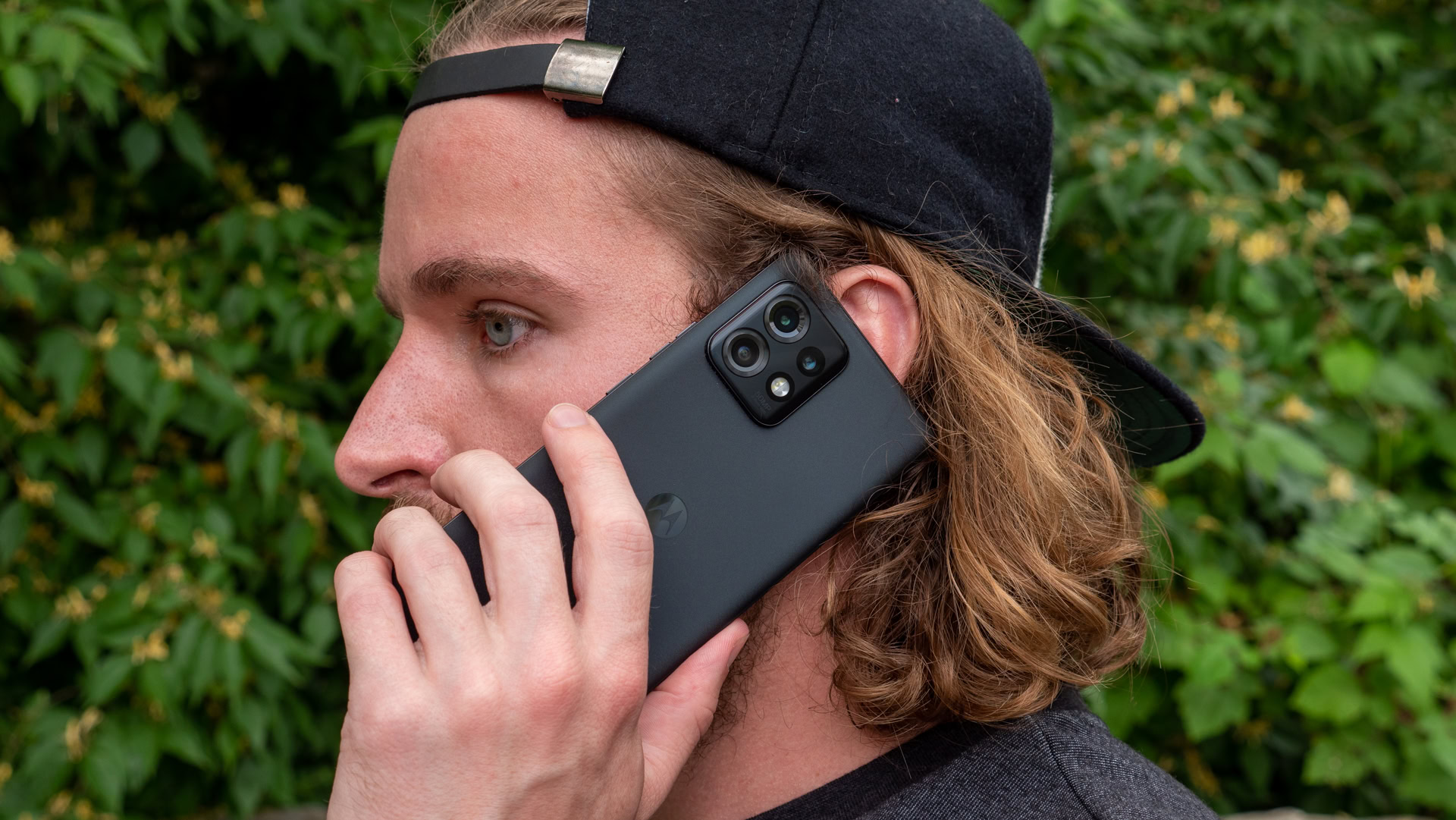
I’ve often heard misconceptions about how MVNOs operate. Some believe these smaller prepaid carriers have their own networks and worry about limited regional coverage. However, nearly all prepaid carriers in the United States utilize the networks of the Big Three, Dish, or US Cellular.
There’s also a persistent myth that service with prepaid carriers is inferior. While it’s true that in the early days, many MVNOs implemented aggressive measures like throttling to minimize data use and reduce costs, the quality of prepaid services has significantly improved. As a college student fresh out of high school during those times, I experienced firsthand some of the limitations of early prepaid services. Today, many prepaid carriers are just as reliable as their postpaid counterparts. This is especially true for calling and texting.
My daughter's Verizon Welcome plan often has lower speeds than my Visible Plus plan, showing that not all prepaid plans are the deprioritized second class citizen many seem to think they are.
Although deprioritization can still noticeably affect low-cost prepaid plans, several prepaid carriers offer options that closely match the reliability and performance of big carrier plans. Some of the better options include Google Fi, Visible, Cricket, and Mint Mobile. While these companies will still have slight deprioritization over the main network, many offer nearly as fast of speeds though latency varies depending on carrier.
You’ll have fewer features and perks
Despite what you may have heard, many prepaid plans now offer features very similar to those found in postpaid plans. Just a few years ago, full 5G support was lacking in prepaid options, but now almost all support this standard. There are also numerous unlimited data plans, international options, and more. It’s true that perks are less common in the prepaid space, but they aren’t as impressive in the postpaid realm as they used to be either. For instance, AT&T no longer offers streaming perks, and Verizon has shifted away from free perks on postpaid plans, now treating them as add-ons typically priced at around $10 a month each. T-Mobile still provides the best free streaming perks with select plans, including Apple TV+, Netflix, and Hulu, depending on the plan you choose.
In the prepaid sector, a few carriers do offer perks, although streaming benefits are less common. For example, Google Fi Wireless includes six months of YouTube Premium for free and a full subscription to Google One with 100GB of cloud storage. Similarly, Cricket offers a plan that includes free ad-supported Max streaming.
It’s not good for families or those who frequently travel
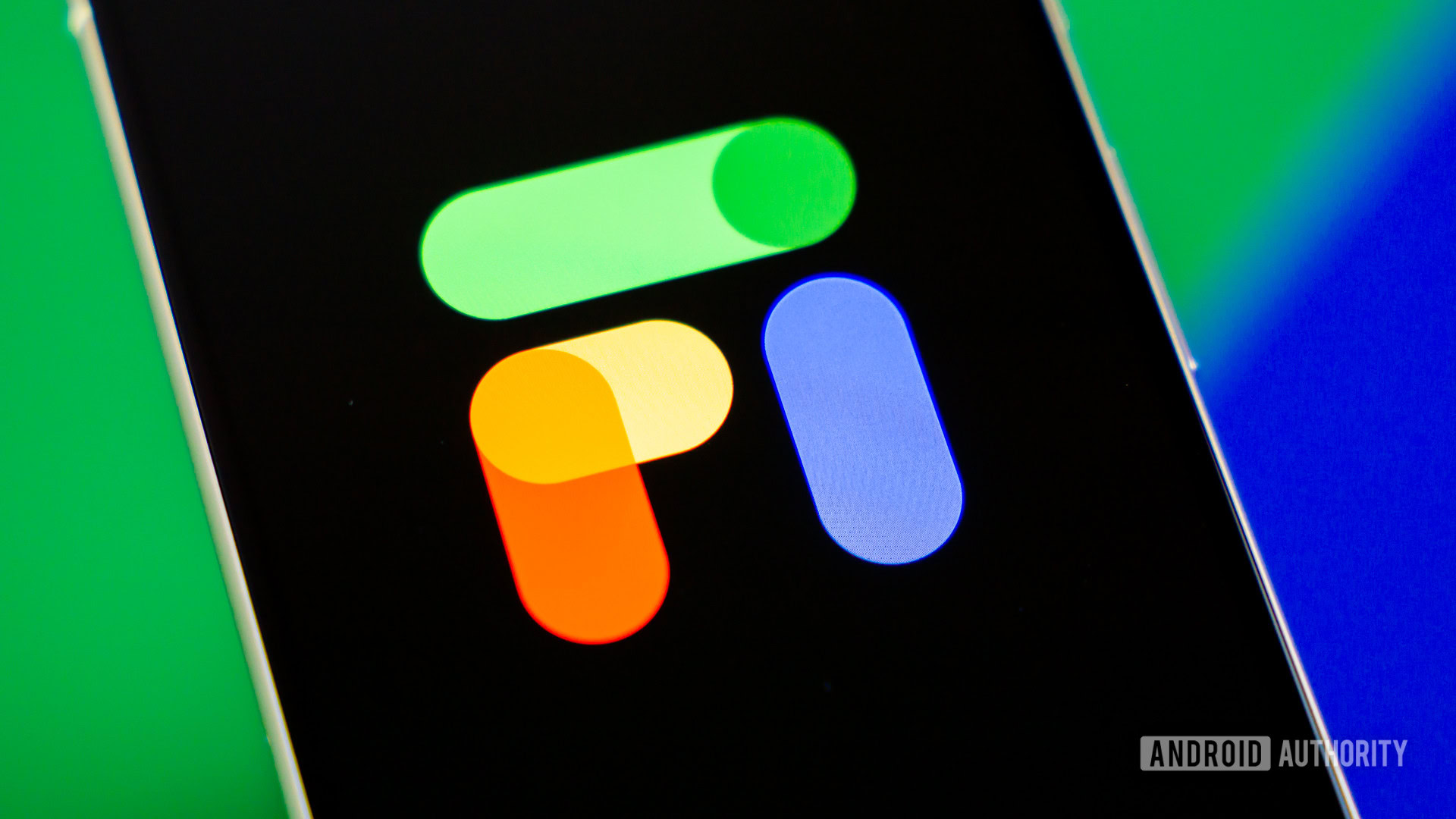
I’ve heard concerns about the “unreliable nature” of prepaid plans making them less ideal for frequent travelers, and that families might find better value with postpaid carriers due to steep discounts. However, this really depends on the carrier and the specific plan.
Traditionally, postpaid plans were more likely to include international access, either for free or as an add-on. However, this has changed significantly over the past decade. Now, many prepaid carriers offer appealing international features. For example, several plans include free calling to and from Canada and Mexico. Google Fi’s Unlimited Plus plan even surpasses major US carriers by offering free data in over 200 countries, plus calls from the US to over 50 destinations, all at a cost comparable to, or less than, similar plans from big carriers.
While some prepaid carriers like Visible offer limited or no family plan options, there are notable exceptions. Google Fi and Cricket both offer substantial multi-line discounts that can compete with traditional carriers. For instance, for a family of six, Google Fi’s Simply Unlimited plan costs just $25 per line, compared to $40 per line for Verizon’s Unlimited Plus. Interestingly, Verizon’s base plan does not include premium data access, whereas Google Fi’s Unlimited Plus provides 35GB of prioritized data per line, with speeds reduced after that based on network congestion. Despite this, speeds remain usable, likely outperforming Verizon’s basic postpaid plan. Additionally, Google Fi includes perks like 5GB of hotspot access, which Verizon does not offer at this level.
Phone selection won’t be as good
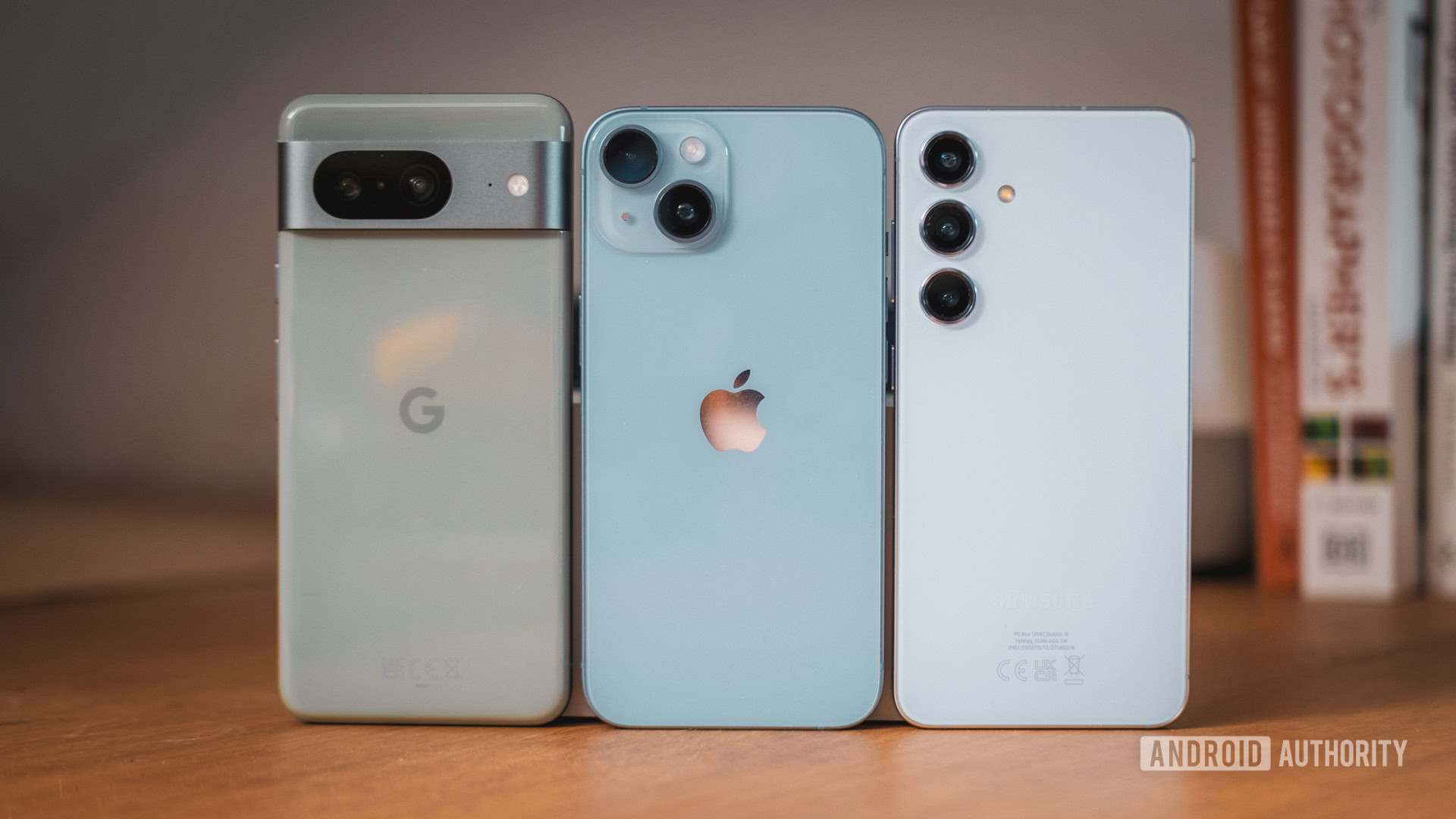
It’s true that several prepaid carriers have limited phone selections, especially those that are smaller or more budget-focused. However, any prepaid service from the Big Three will provide access to all the latest phones, including the Pixel 8, Galaxy S24, and iPhone 15. This also holds true for prepaid carriers owned by these larger networks, such as Visible, Total by Verizon, and Cricket (owned by AT&T).
Even some independent prepaid carriers offer a surprisingly extensive selection of phones. For example, Mint Mobile may not carry the iPhone 15 yet, but it does offer the iPhone 14, Galaxy S24, and Pixel 8. Google Fi, while not stocking Apple devices, carries nearly every major Android device available in the US.
The bottom line is that with a bit of research, you can find a carrier that offers a wide variety of phone options. You can also bring your own unlocked phone, which can further expand your choices.
Prepaid doesn’t offer the financing and protection options you’d get with a big carrier
Many believe that prepaid services require you to pay for your phone in full upfront and that they lack comprehensive protection plans. However, this isn’t the case. Several prepaid carriers now offer device financing plans similar to postpaid services, allowing you to get the latest phones without a hefty initial payment. For example, Google Fi Wireless offers the Pixel 8a for free with a 24-month payment plan, and carriers like Cricket have promotions for both high-end and budget devices.
Moreover, device protection isn’t exclusive to postpaid. Prepaid carriers like Visible partner with companies like Assurant to provide affordable protection plans starting at $3 a month, covering everything from accidental damage to device malfunctions.
Even if a carrier doesn’t offer its protection or payment plan, you can often go through a major retailer like Best Buy and get a payment plan or insurance through third-party providers like Assurant and Affinity.
What does a postpaid carrier do better, if anything?
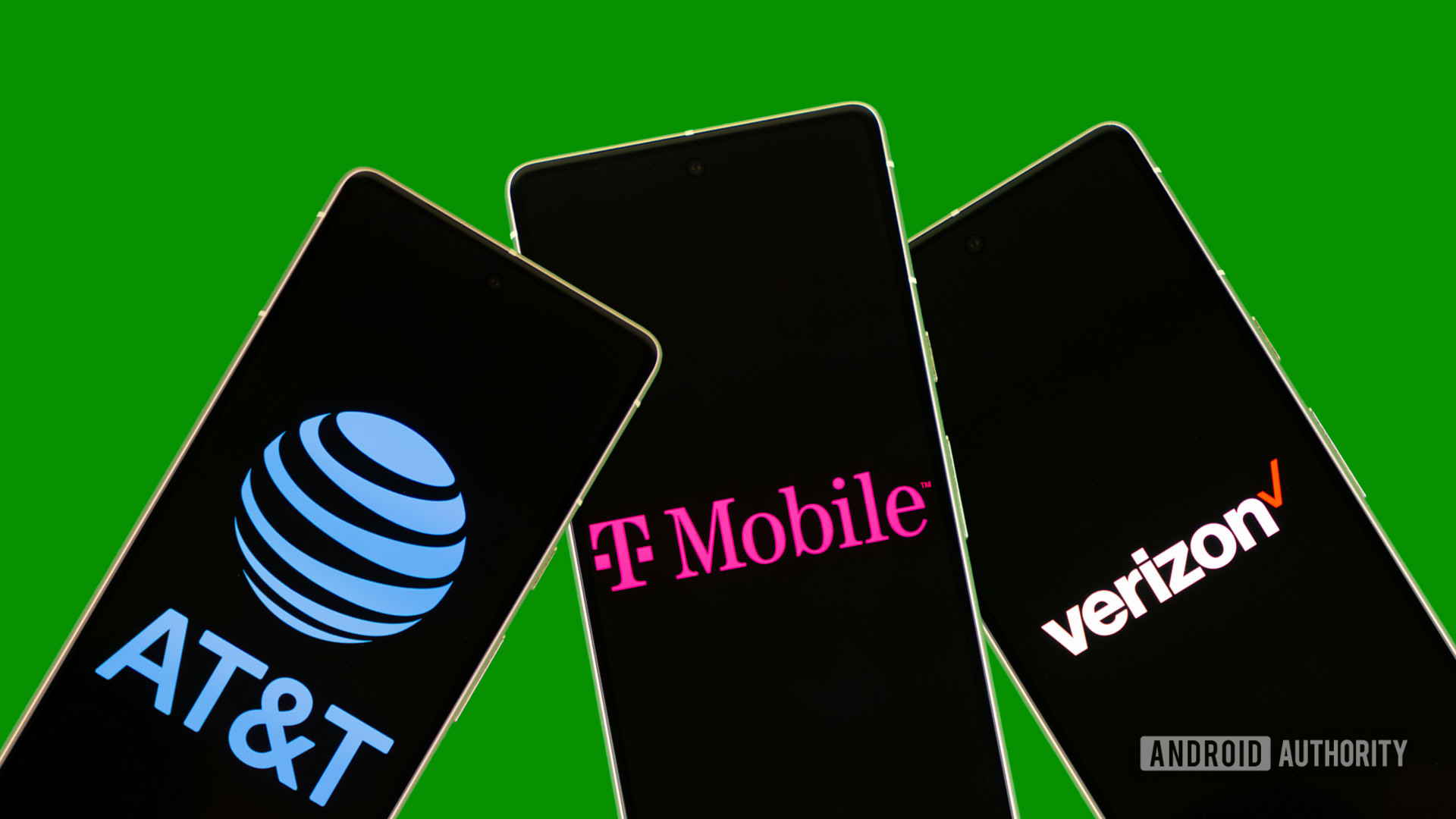
The comparison between prepaid and postpaid services reveals some surprising similarities, challenging the notion that certain benefits are exclusive to postpaid plans. It’s true that postpaid carriers generally provide a more robust service overall, including arguably superior customer support, more comprehensive plan options, enhanced phone availability, higher network priority, and a wider range of phone and connected device deals. Prepaid plans may offer similar benefits, but postpaid typically edges it out with additional perks for those seeking a straightforward purchasing experience with minimal upfront research.
With postpaid, you can get device protection, accessory options, and financing plans from a single source, simplifying the buying process. Additionally, major carriers tend to offer slightly better trade-in values, routes to faster upgrades on certain plans, and even discounts on home internet services.
High costs aside, postpaid might be objectively better but the everyday difference will be neglible for many prepaid plans.
Still, it’s worth questioning whether these marginal improvements or the convenience of the initial setup justify the higher costs of postpaid plans, especially when substantial savings can be achieved with prepaid options. The truth is many users are paying for features they don’t fully utilize. It’s also true that many wouldn’t notice the slight impact on speeds and reliability as long as they switched to a trusted, higher-quality plan like those from Google Fi, Visible, and several others we’ve mentioned on this list.
For instance, not everyone values international access or streaming perks. Even if a service like Google Fi’s network is slightly slower than T-Mobile’s direct service, if it’s 95% as fast, would the difference be noticeable? For most, I’d argue the answer is no. Though again, there are always exceptions.
Why you’re better off with a prepaid carrier in 2024
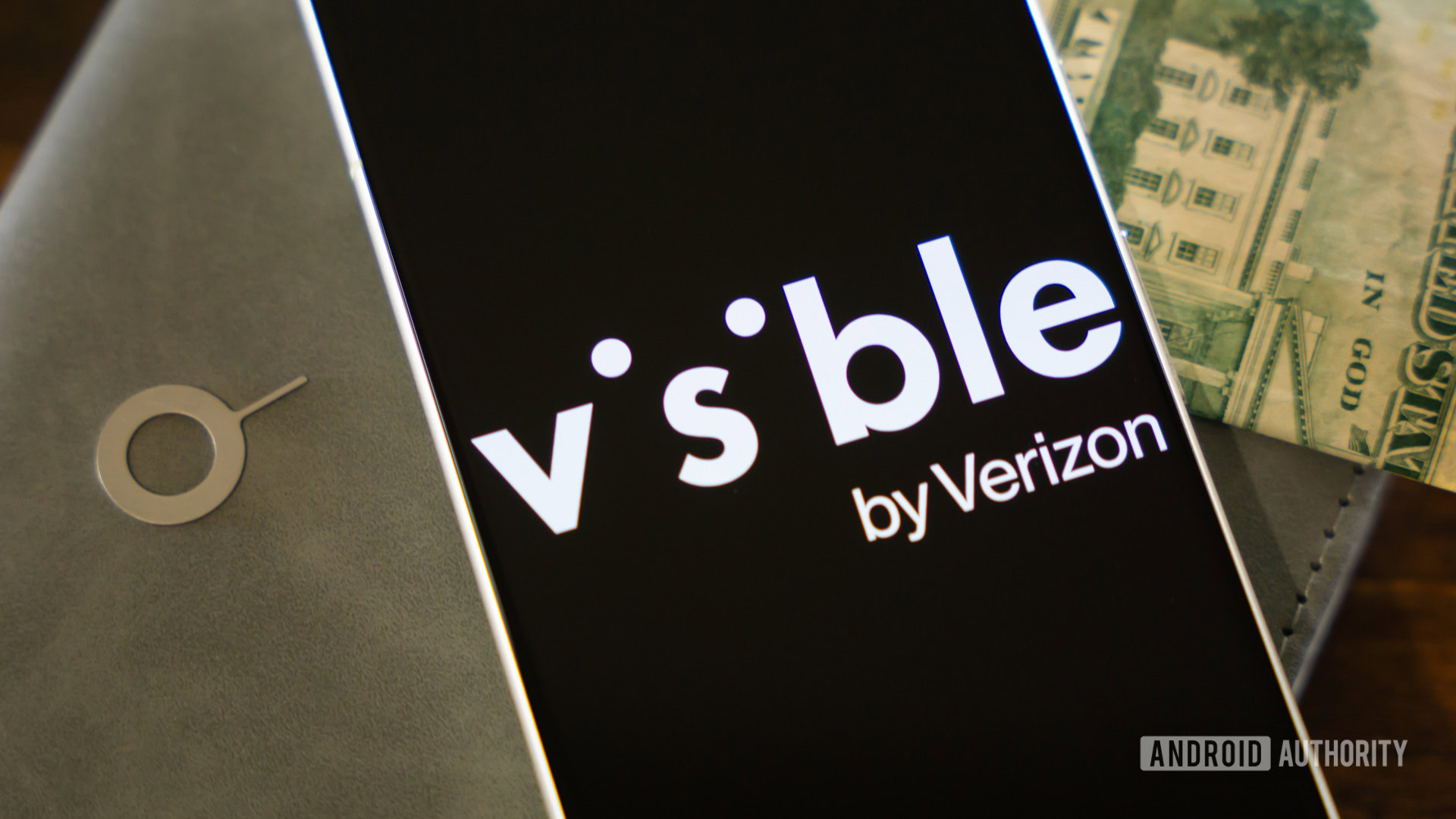
While multi-line discounts and streaming perks are available in the prepaid world, for large families, the discounts given could mean major carriers might not be significantly higher, making it worthwhile for some to pay extra for the benefits of a postpaid experience. However, for most people, opting for a prepaid carrier is likely the better choice in 2024.
Prepaid plans often align more closely with individual needs and offer substantial savings. You’ll likely enjoy a similar service quality while saving hundreds of dollars annually, with the added flexibility to switch plans or carriers without major penalties. Obviously, if you commit to payment contracts through a prepaid carrier you’ll have to pay those off first, though a phone bought unlocked with a payment plan from a major retailer would be able to switch networks immediately as it isn’t officially tied to any carrier-related promotions.
Would you consider switching from postpaid to prepaid?
As the de facto US phone carrier specialist at Android Authority, I’ve noticed that prepaid carriers are generally more cautious about price increases, making them slower to implement changes. This leads to more predictable costs, reducing the likelihood of sudden, unexpected spikes in your bill— a common issue with postpaid services.
As for which carriers I recommend? Honestly, almost any will work if you make sure you research thoroughly but my past experiences put Google Fi, Cricket, and Visible at the front of the prepaid line. Additionally, the big three often offer their own prepaid service if you prefer to get your service from a bigger brand name but don’t want to pay full price.